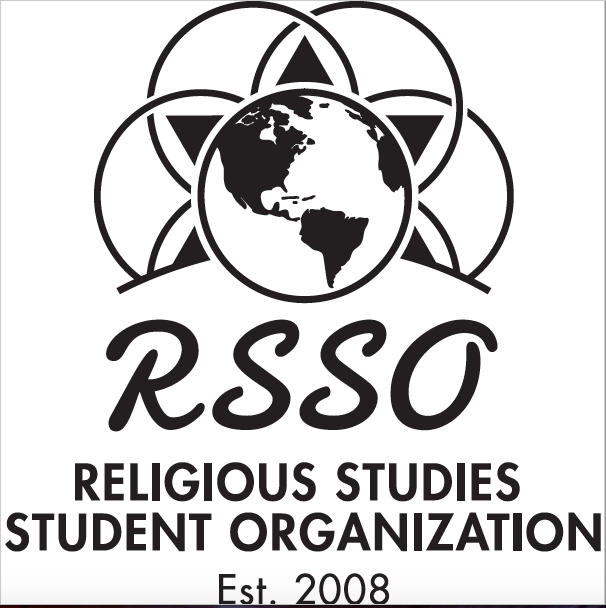Moderator
Dr. Demtrius Williams
Location
Room B
Start Date
9-4-2016 11:00 AM
End Date
9-4-2016 12:00 PM
Abstract
One can better understand the evolving role of the werewolf in folklore by examining its development over time. This development has constantly shifted to address multifarious needs, underpinned by equally transformative religious systems. Where religion has gone, so too has the werewolf. Each of the transformations the werewolf has undergone abstractly mirrors the prevailing religious and spiritual conditions – fears, anxieties, and desires – at the time. This essay begins by focusing on the earliest accounts of the werewolf stories where man’s expressed apprehension of the wild supplied the rudimentary components from which said stories were composed. Imagined out of fear and anxiety, werewolves were an aggrandizement of wolves proper, already contextualized in early human life. The werewolf then developed as a tool with which man could communicate his relationship with the natural world and the place he had in it. The utility of the werewolf became ever more direct under the influence of large religious bodies, chiefly Christianity. In this religious milieu, the idea of man degraded to his natural state became channeled through the werewolf’s beastly, yet uncanny human qualities. Now occupying an intermediary place between what men then viewed as natural depravity and their ideals regarding morality and civility, the werewolf represented man’s tendency to regress into wanton behaviors of previous times. The last part of the essay charts the course werewolves have hitherto taken in contemporary works of literature. Having departed from religion’s dominating sphere of influence, modern interpretations of the werewolf have lost the qualities of baseness, depravity, and carnal immorality in the truest sense. Added on to the list of meanings communicated by werewolves are the myriad environmental issues found in modern political and scientific discourse, breaching more and more into the secular realm. While all evolutions of the werewolf are valid in their respective contexts, ultimately, none offers ample satisfaction of or answers to the concerns they address. Instead, the metamorphoses temporarily assuage the spiritual and religious needs of human thought. What each progression of the werewolf has in common rests in the cycle of tension and uncertainty that mankind unendingly labors to cope with by telling captivating stories.
Included in
The Werewolf: From Damned Degradation to Romantic Reversion
Room B
One can better understand the evolving role of the werewolf in folklore by examining its development over time. This development has constantly shifted to address multifarious needs, underpinned by equally transformative religious systems. Where religion has gone, so too has the werewolf. Each of the transformations the werewolf has undergone abstractly mirrors the prevailing religious and spiritual conditions – fears, anxieties, and desires – at the time. This essay begins by focusing on the earliest accounts of the werewolf stories where man’s expressed apprehension of the wild supplied the rudimentary components from which said stories were composed. Imagined out of fear and anxiety, werewolves were an aggrandizement of wolves proper, already contextualized in early human life. The werewolf then developed as a tool with which man could communicate his relationship with the natural world and the place he had in it. The utility of the werewolf became ever more direct under the influence of large religious bodies, chiefly Christianity. In this religious milieu, the idea of man degraded to his natural state became channeled through the werewolf’s beastly, yet uncanny human qualities. Now occupying an intermediary place between what men then viewed as natural depravity and their ideals regarding morality and civility, the werewolf represented man’s tendency to regress into wanton behaviors of previous times. The last part of the essay charts the course werewolves have hitherto taken in contemporary works of literature. Having departed from religion’s dominating sphere of influence, modern interpretations of the werewolf have lost the qualities of baseness, depravity, and carnal immorality in the truest sense. Added on to the list of meanings communicated by werewolves are the myriad environmental issues found in modern political and scientific discourse, breaching more and more into the secular realm. While all evolutions of the werewolf are valid in their respective contexts, ultimately, none offers ample satisfaction of or answers to the concerns they address. Instead, the metamorphoses temporarily assuage the spiritual and religious needs of human thought. What each progression of the werewolf has in common rests in the cycle of tension and uncertainty that mankind unendingly labors to cope with by telling captivating stories.

